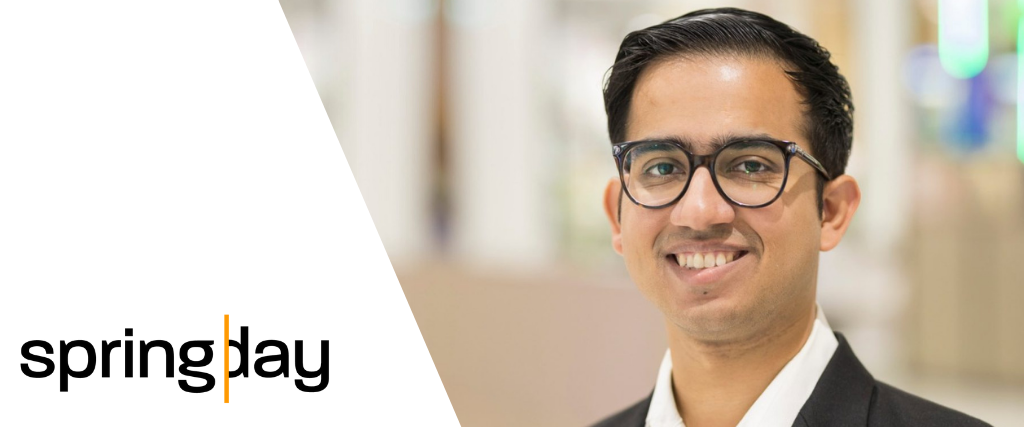
We sat down with Dipra Ray, CEO of Springday, to speak about the organisation, effective workplace support and all things wellbeing ahead of our 2022 Annual Members’ Forum.
Dipra, tell us about Springday!
At Springday, we help organisations measure and improve the wellbeing of their people, in turn creating happier, healthier, more productive teams. We create digital platforms for our clients, and work with them as their wellbeing partners to create and integrate an informed wellbeing strategy for their organisation.
Springday was founded in Sydney and remains Australian owned. We partner with experts all through the APAC region to ensure that all of the wellbeing content on our platforms is tailored for our clients’ demographic.
Our customisable platforms include a range of features designed to improve organisational wellbeing, such as wellbeing content, programs and step challenges, with resources available through web and an app so employees can look after their wellbeing anywhere, anytime.
Our scientifically validated Wellbeing Assessment Tools provide both the organisation and the individual employees with wellbeing data, recommendations and insights. Our dedicated customer success managers then work with the organisational leaders to create a tailored wellbeing strategy that addresses the needs of their workforce.
Why do you believe employers should be supporting the wellbeing of their staff?
The past few years have changed the way that employees look at their workplace, and has highlighted the impact that work has on all aspects of an employee’s wellbeing. It has become increasingly evident that both employers and employees benefit from a workplace that prioritises employee wellbeing.
Managing psychosocial risks within the workplace is now internationally recognised as an organisation’s duty of care as a part of an OH&S management system. Last year, The ISO published the world’s first International Standard to address mental health in the workplace – ISO 45003, Occupational health and safety management – Psychological health and safety at work – Guidelines for managing psychosocial risks.
Providing wellbeing support, as a part of an organisational wellbeing strategy, is one proactive and preventative measure that organisations can take to minimise psychosocial risks within the workplace.
Supporting employee wellbeing helps to create a visible culture of care where employees feel valued. It sends a message to both potential job candidates and current employees that this organisation is an attractive place to work. This can help the organisation find and retain top talent and reduce the costs of staff turnover.
On top of this, supporting employees’ wellbeing improves their individual and team performance at work. Employees that look after their wellbeing are more productive, more engaged and less likely to less sick leave, reducing the cost of absenteeism. This benefits both the employee and the employer.
Providing resources and activities that encourage teams to take care of their overall health and wellbeing helps to reduce the loss in productivity that can result from poor health, stress, burnout and fatigue.
What are you most looking forward to in workplace wellbeing for 2022?
Employee wellbeing has been in the spotlight more than ever over the last couple of years, but the main focus has primarily been mental and physical health. These are two main pillars of wellbeing, and it’s been amazing to see how much has been achieved in these areas. But there is more to wellbeing than just mental and physical.
I think this year people are starting to zoom out and look at the bigger picture of holistic wellbeing, which I’m really happy about. I talk about this a lot. Someone may take excellent care of their mental and physical health through healthy eating, meditation, and exercise, but if they’re unhappy in their career, they aren’t fulfilled in their relationships, or their financial situation is out of control, this can have a domino effect on their overall wellbeing.
We’ve started to see a bigger focus on career wellbeing, primarily looking at burnout, fatigue and work-life balance. I think as the year goes on, we will see a greater focus on financial wellbeing and social wellbeing as well as people look to emerge into a new kind of normal.
This is so important and significant because when we start to look at the ‘whole being,’ that’s when we can make a real impact on wellbeing and really help people improve their lives.
What are some of your frustrations/challenges when it comes to workplace wellbeing?
I have seen many organisations that claim to take care of their employees by having wellbeing initiatives such as a company-wide ‘wellness day’ or wellness seminars here and there. One of the most frustrating things that I see happening is that these organisations don’t evaluate the job design in their companies, which could be what’s doing the real damage.
It reminds me of my time in investment banking when we were encouraged to leave work early but on the very same day, our managers would come and drop work at 8pm expecting it to be turned around by 8am the next day. Someone who has to work 12-hour night shifts will by design struggle with sleep. Or being forced to work for insane long hours during weekdays and weekends will inevitably lead to burnout, regardless of the type of wellness resource you throw at it.
If a job requires people to be working unsustainable hours or create stress inherently, the organisation needs to re-visit the actual job scopes. This requires company leaders to understand what’s causing the actual pain points in the Business.
At Springday, we’ve seen clients use data from our wellbeing surveys to evaluate and improve actual job design. Minor shifts such as not expecting people to respond to emails instantly or not open their computers on the weekend can make all the difference.
I think what’s important is to measure the wellbeing needs of the organisation, and create a wellbeing strategy that addresses these needs. It’s also important to note that a wellbeing strategy is what ties initiatives together, it becomes engrained in organisational culture and is continually assessed and revised to ensure that it’s making an actual difference for employees.
Why did you join WayAhead Workplaces?
At Springday, we take a holistic approach to wellbeing, and WayAhead Workplaces stood out to us because they take the same approach. We have a shared goal to improve the health and happiness of Australia’s working population, understanding that all aspects of workplace wellbeing are important.
We joined WayAhead Workplaces because of our many aligned values, plus the opportunity to be a part of a network of likeminded people. WayAhead Workplaces share our goal of improving the health and wellbeing of Australia’s working population, by supporting organisational leaders in creating happier, healthier workplaces.
It’s a fantastic network of people and organisations that are looking to promote wellbeing in their workplace and learn from each other. We love having the opportunity to connect with people and organisations with whom we can share knowledge, resources and support.
Dipra Ray
ChiEF eXECUTIVE oFFICER
At WayAhead, we’re proud to work with wonderful people like Dipra.
Thank you to Springday for being one of our sponsors for the WayAhead Workplaces Annual Member’s Forum 2022 – We can’t wait to see you all there!


